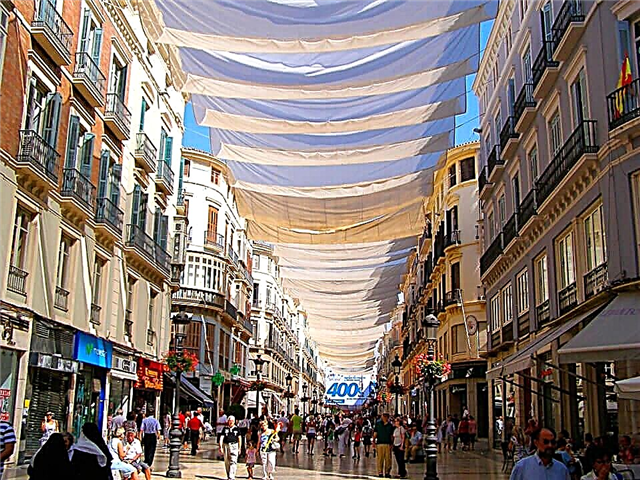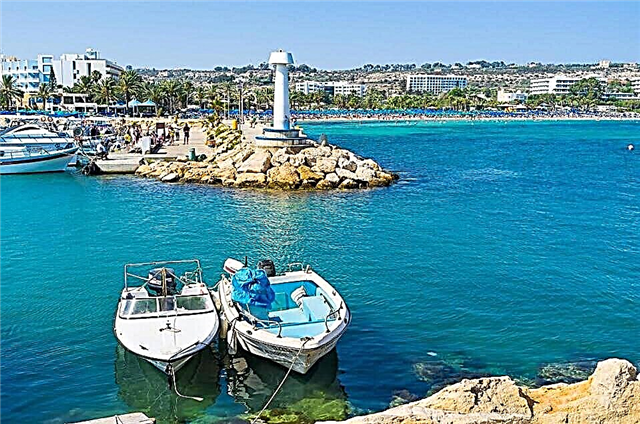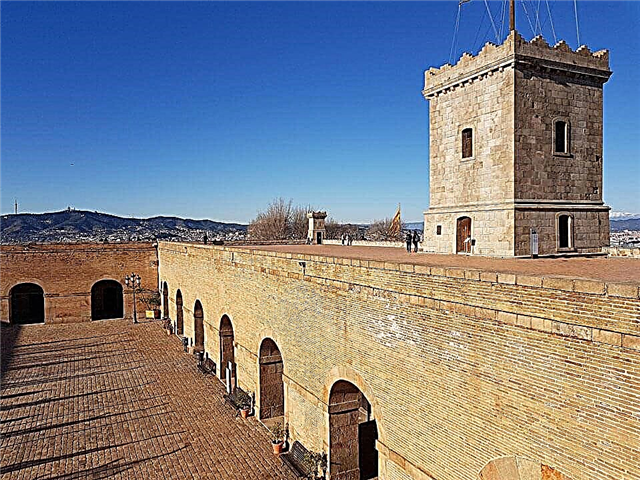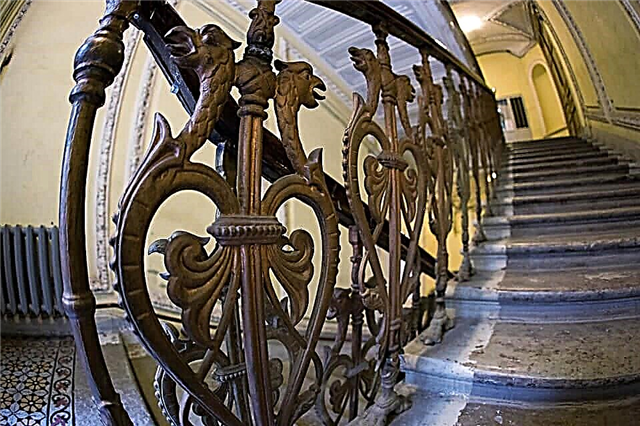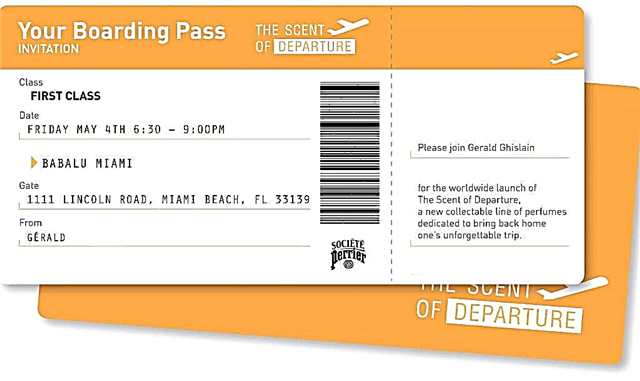Triumphal arches were one of the most important architectural structures of ancient Rome. The main motive for the erection of these structures was the exaltation of the exploits of the emperors and the military. The arches were ceremonial gates richly decorated with sculptural images, through which commanders-in-chief, generals, and Roman legions were supposed to pass on war horses or chariots after the victories won. The Arch of Titus, now located in the Roman Forum, is considered a generally recognized exemplary ancient monument. Its perfectly preserved appearance is the result of painstaking restoration carried out in the 19th century. The arch commemorates the triumphal campaign of the Romans to Judea, as a result of which the palaces and temples of Jerusalem were plundered.
Construction history

The Arc de Triomphe was erected in 81 AD at the initiative of Emperor Domitian. The ruler of Rome wished to erect a monumental structure in honor of his brother Titus and father Vespasian. These emperors at one time successfully suppressed the uprisings in the Judean province. The events preceding the construction of the arch unfolded swiftly and fatefully. In 66, Jerusalem was engulfed in popular revolt against Roman rule. Emperor Nero, who ruled at that time, sent an experienced commander Vespasian to suppress the conflict, who with difficulty put out the popular uprising and gradually stabilized the situation in Judea.
A few years later, the sad news of the death of Nero comes from Rome. The great empire again plunges into internal confrontations in the struggle for power. For the sake of pacification of the political situation, the military legions proclaim the military leader Vespasian as emperor. He immediately went to Rome, leaving in Judea in return for his son Titus. Taking advantage of the turmoil among the ruling clans of the empire, the people of the Middle East decided to continue the uprising against Rome. The finest hour has come for Titus. He was besieging Jerusalem with his army for several months. After which the Roman army proceeds to storm and plunder the temples and palaces of the city. As a result, the fighting and morale of the rebels was suppressed, which was a triumph for Titus.
In 79, Titus succeeds his father and ascends the throne of the Roman Empire. Two years later, he dies suddenly. Soon, the Roman Senate decides on the official deification of the emperor Titus. The new ruler of Rome, Domitian, begins the construction of an arch, which should solemnly personify his brother's victory in the Jewish War. It is noteworthy that the construction was erected by the captive inhabitants of Jerusalem, who numbered about 50,000 people. In the XII century, the arch was built into the complex of the defensive fortifications of the palace of the noble and influential Roman family of that time, Frangipane. Fierce battles between feudal clans took place around the aristocratic mansion. Titus' Arc de Triomphe suffered serious damage, which damaged its original appearance.
Only in the middle of the 19th century, on the initiative of Pope Pius VII, the monument was restored. The work was carried out by the architect Luigi Walde. The architect skillfully dismantled the structure and carefully reassembled it, adding travertine instead of the missing elements. The new material stood out noticeably against the background of the pompous white marble with which the arch was originally faced.
Description and architecture

A powerful single-span arch with a round vault rises on a small hill next to the Roman Forum. It is 15 meters high and 13 meters wide. Compared to other historical monuments in Rome, the appearance of the monument is rather modest and austere. The facade is framed by Corinthian columns, the capitals of which are decorated with acanthus leaves. At the corners of the span, images of the goddess of victory Victoria with graceful wings are carved.

The main decorations of the arch are located inside the span. These are the two main reliefs depicting the plundering of the holy sites of Judea by the Roman legionaries. On one side, figures of soldiers carry trophies taken from the Jerusalem temple in their hands and on their shoulders. The sculptural panel embodies the traditional triumphal procession, during which the treasures of the conquered peoples were exhibited for all to see, thereby emphasizing the greatness of the Roman Empire. Of the jewels, the menorah (candelabrum) with seven candlesticks, a wooden table for the “offering loaves” (an integral attribute of the Jerusalem temple) and silver trumpets stand out. The figures of the military are dressed in clothes, the folds of which follow the contours of the body. Thus, the feeling of movement of soldiers in space is created.

The other inner side of the arch is decorated with a relief design that shows the emperor Titus riding in a chariot. His head is crowned with a laurel wreath by the winged goddess Victoria. Four horses are driven by the patroness of Rome - the goddess Roma. Figures of galloping stallions add dynamics to the sculptural composition. Between the relief images in the center of the arch is a small panel bordered by decorative deep square tiles (caissons). It clearly characterizes the deification of the emperor Titus after his death. Here you can see an eagle taking the ruler to heaven.
The Arc de Triomphe is crowned with an attic with Latin inscriptions on both sides of the façade. The epistle addressed to the Colosseum expresses gratitude to Titus from the Roman Senate and citizens. From the side of the Forum, an inscription is visible, stating that the Supreme Pontiff Pius VII ordered the restoration of this dilapidated monument of art in 1821.
Where is it located and how to get there
Arch of Titus is located on the territory of the Roman Forum, where famous ancient architectural monuments of the ancient civilization are located. You can get to it by metro (Colosseo station).

